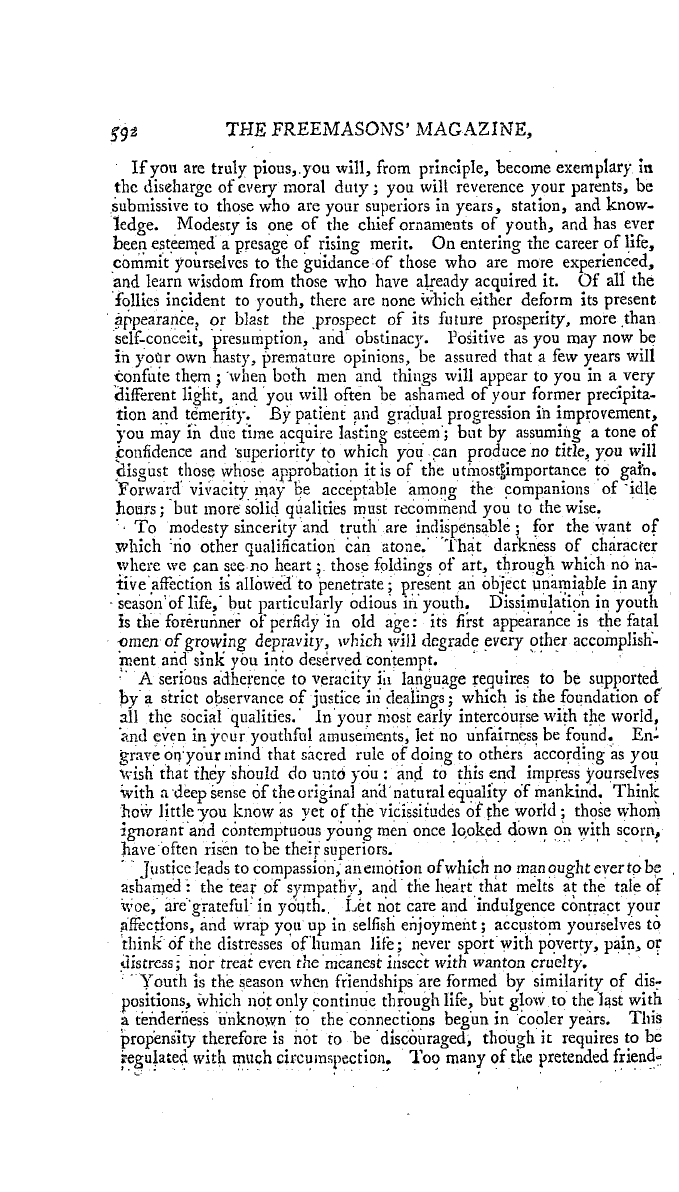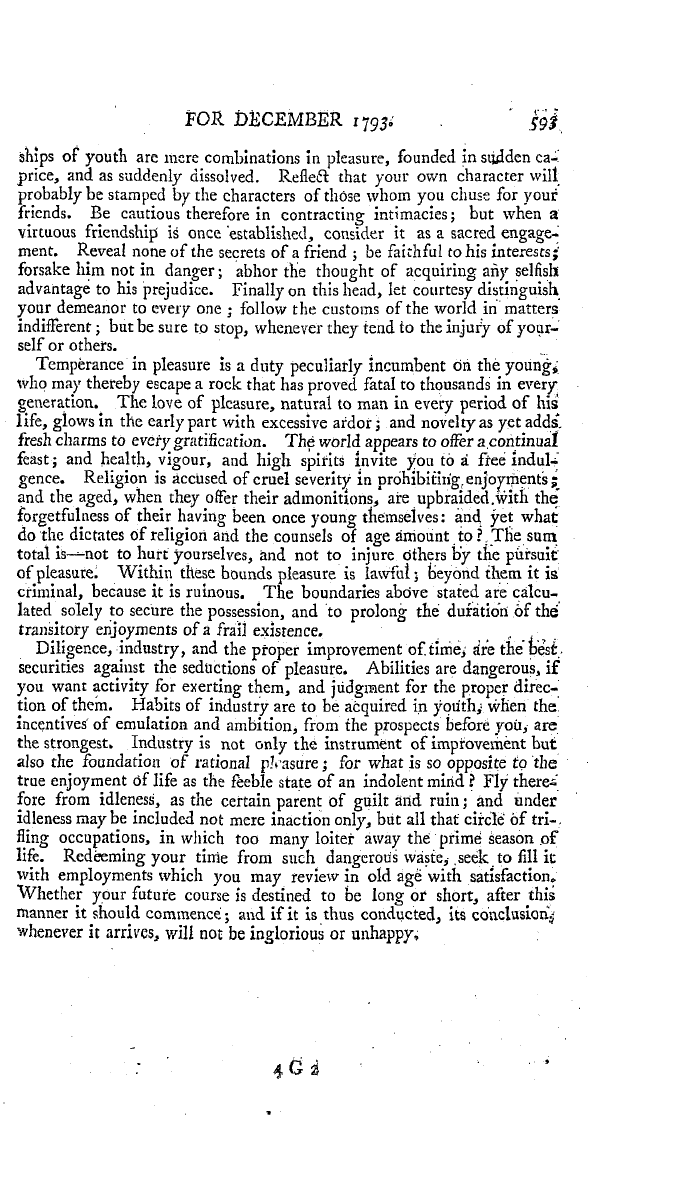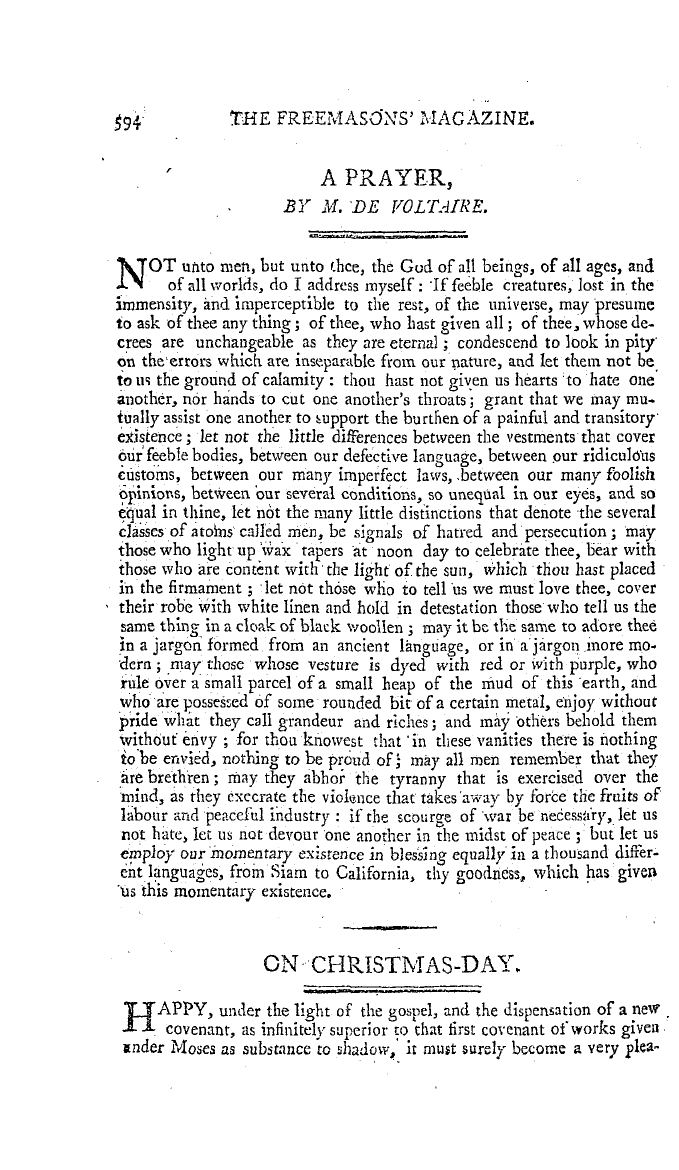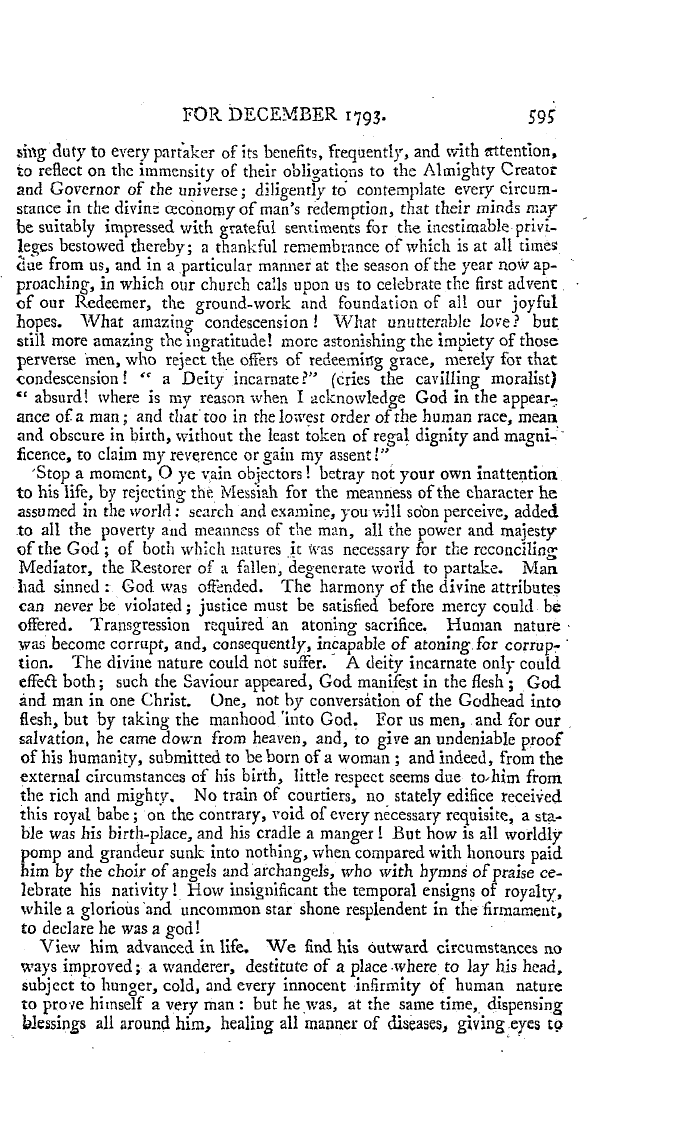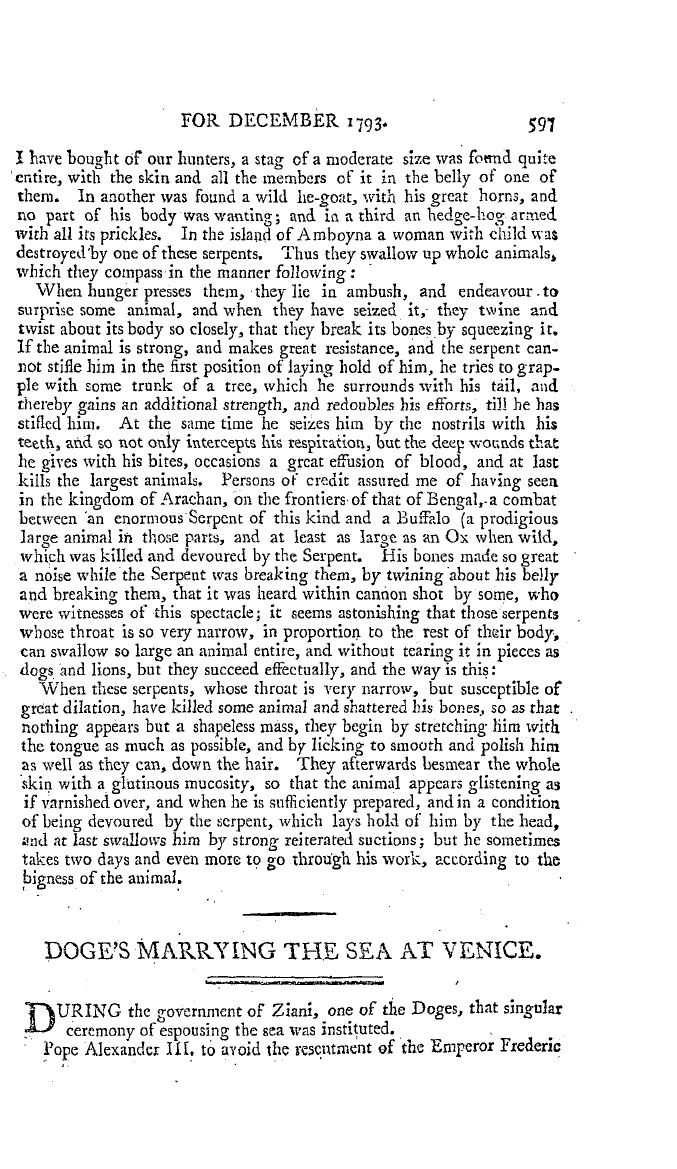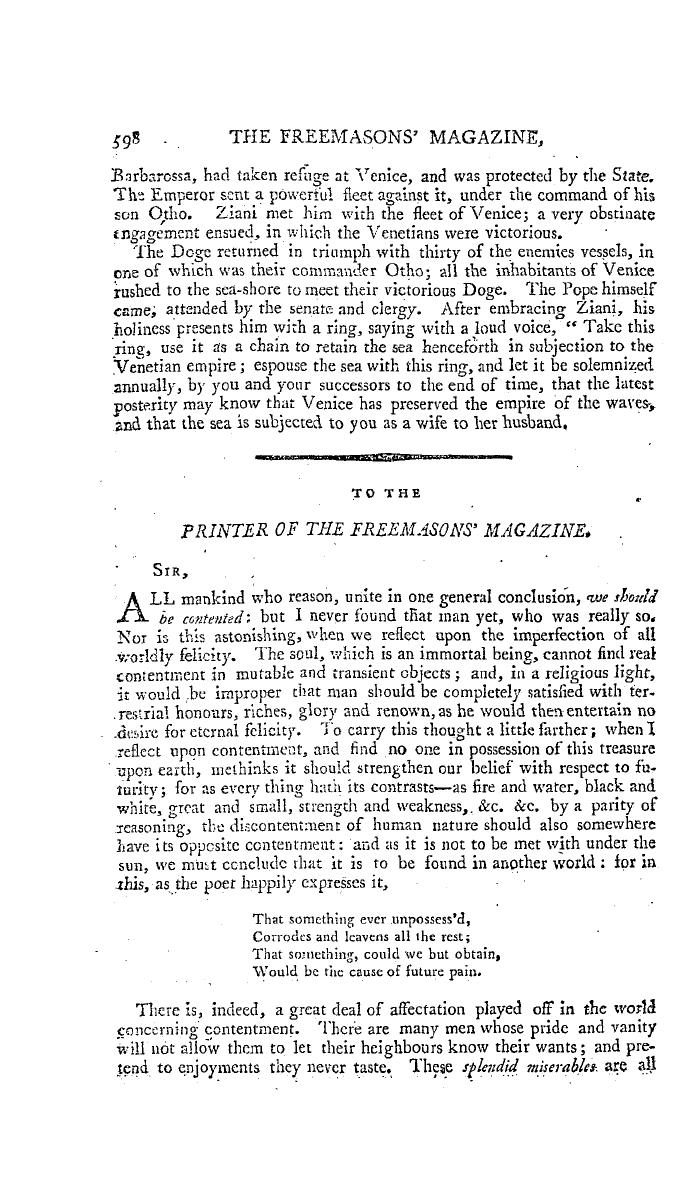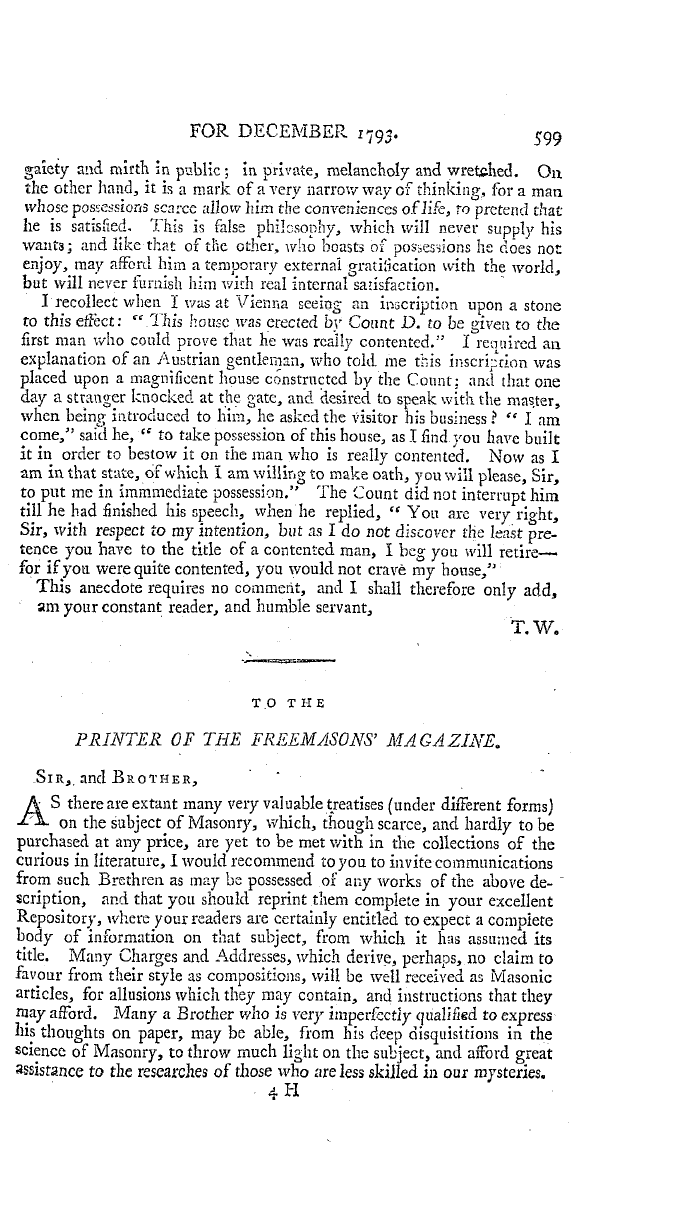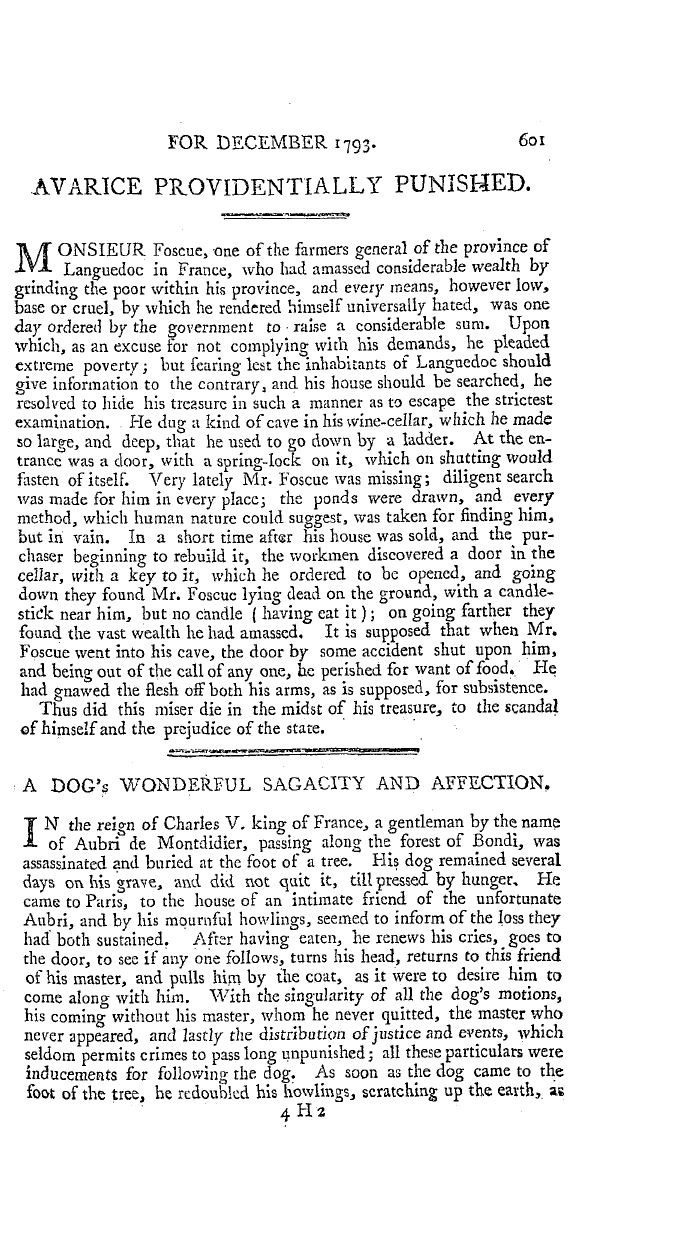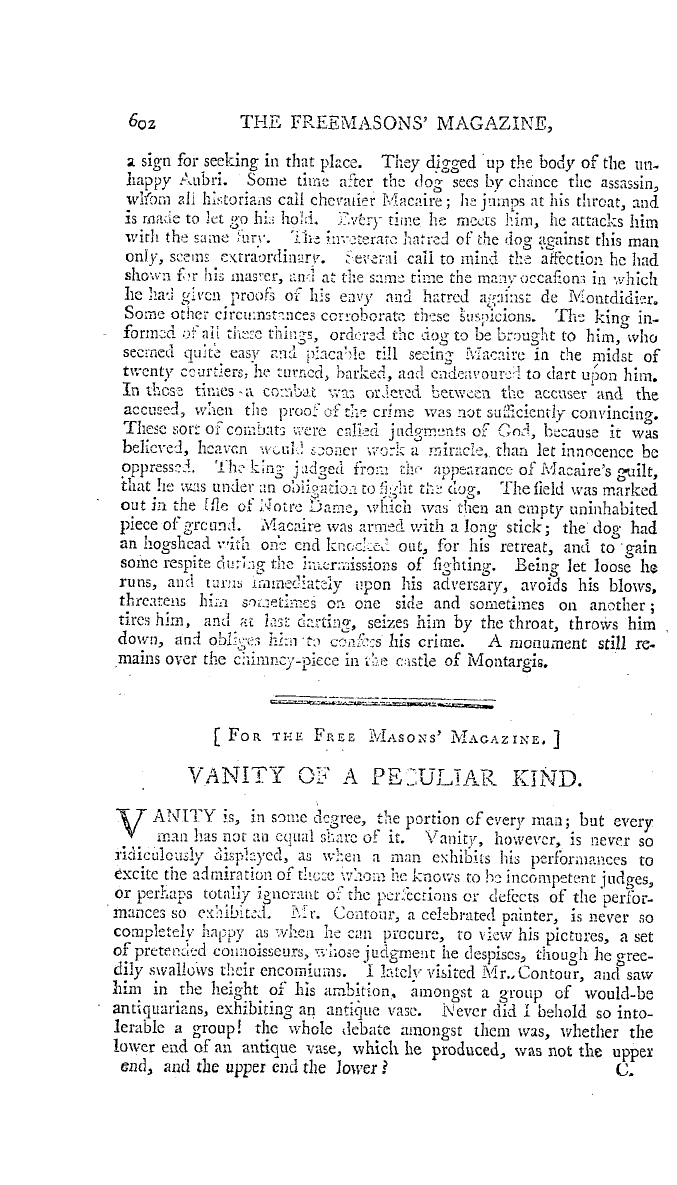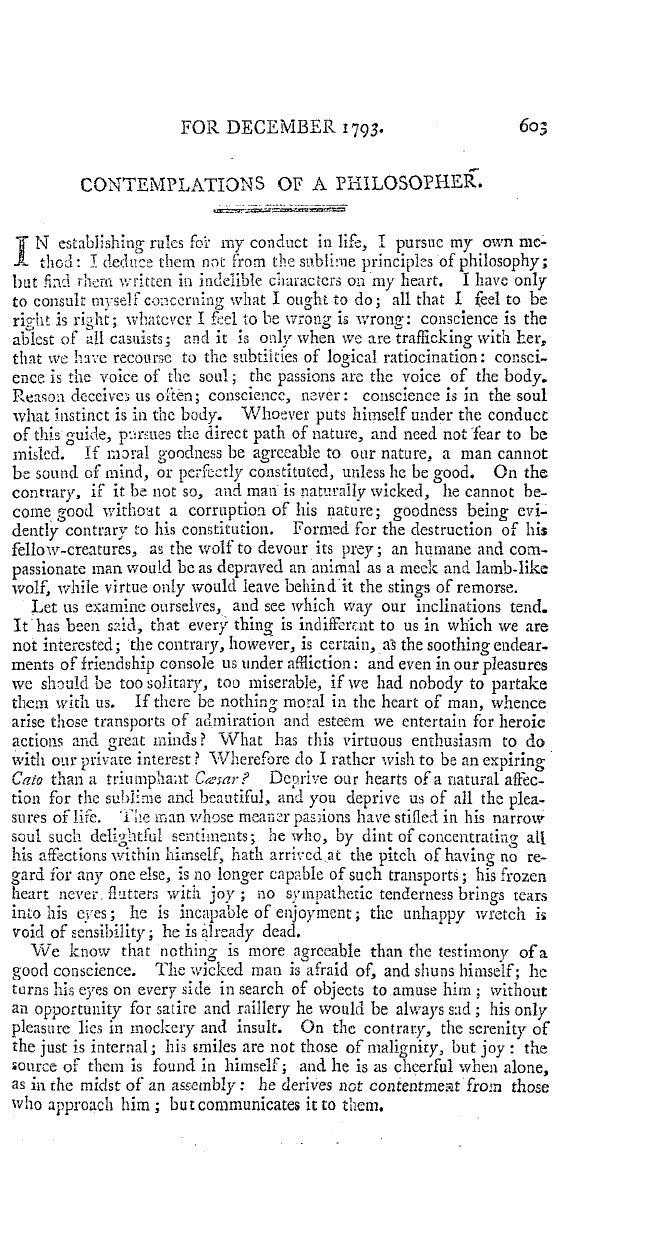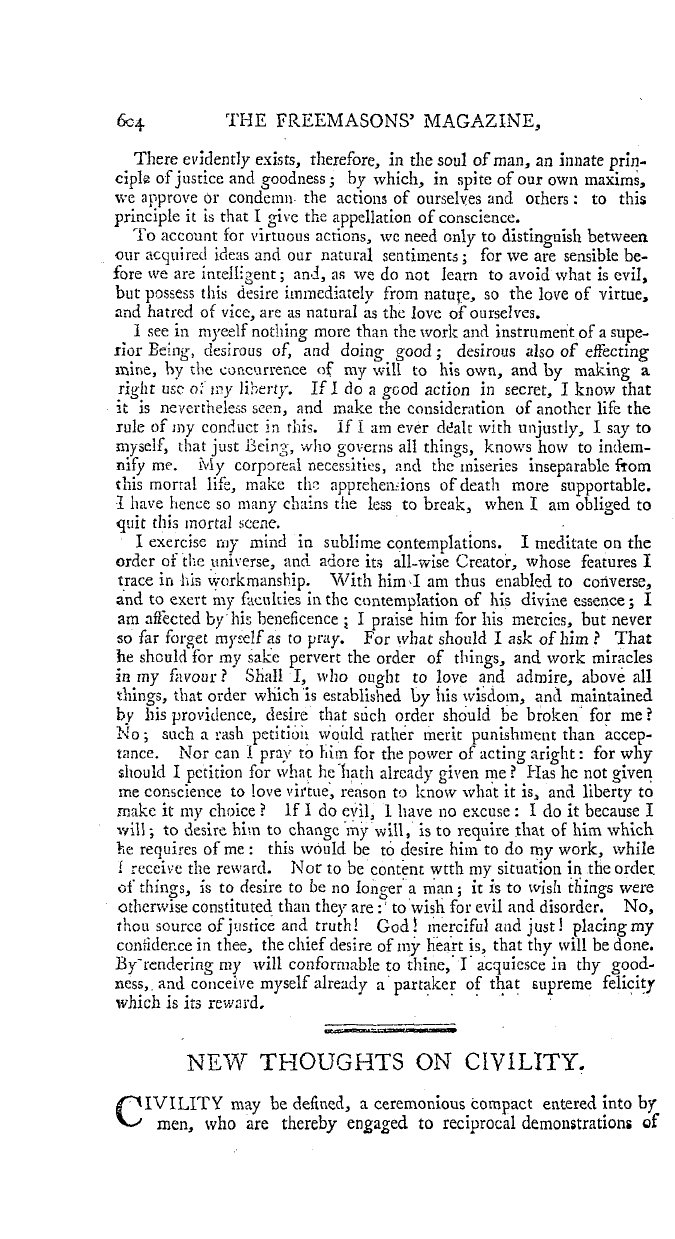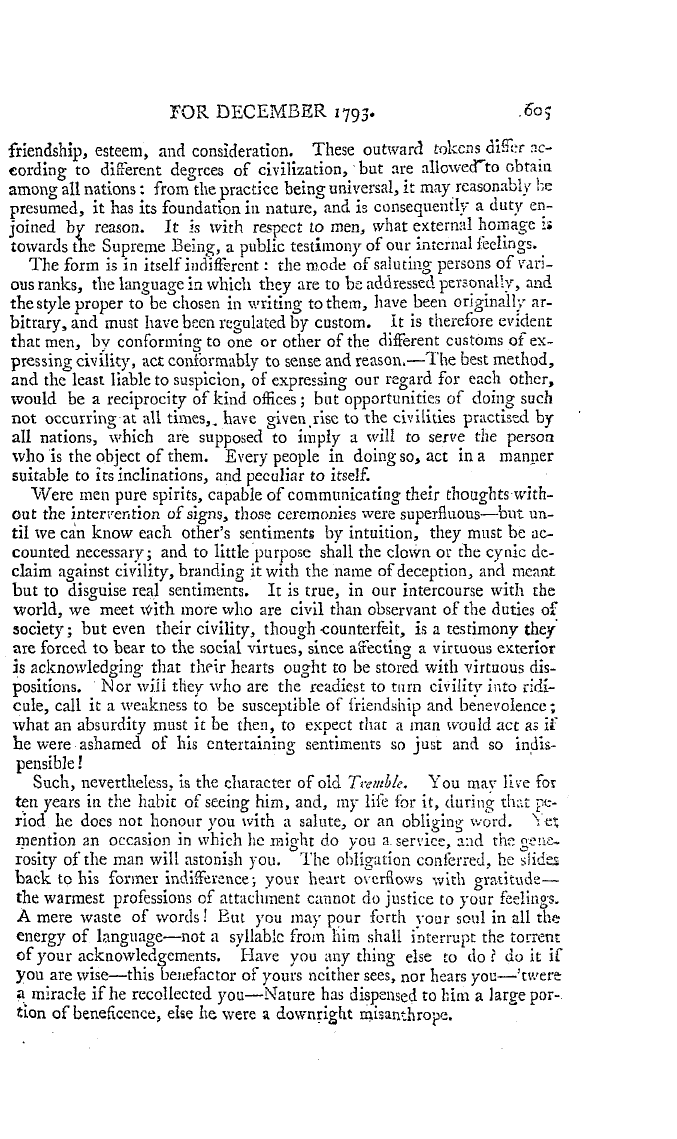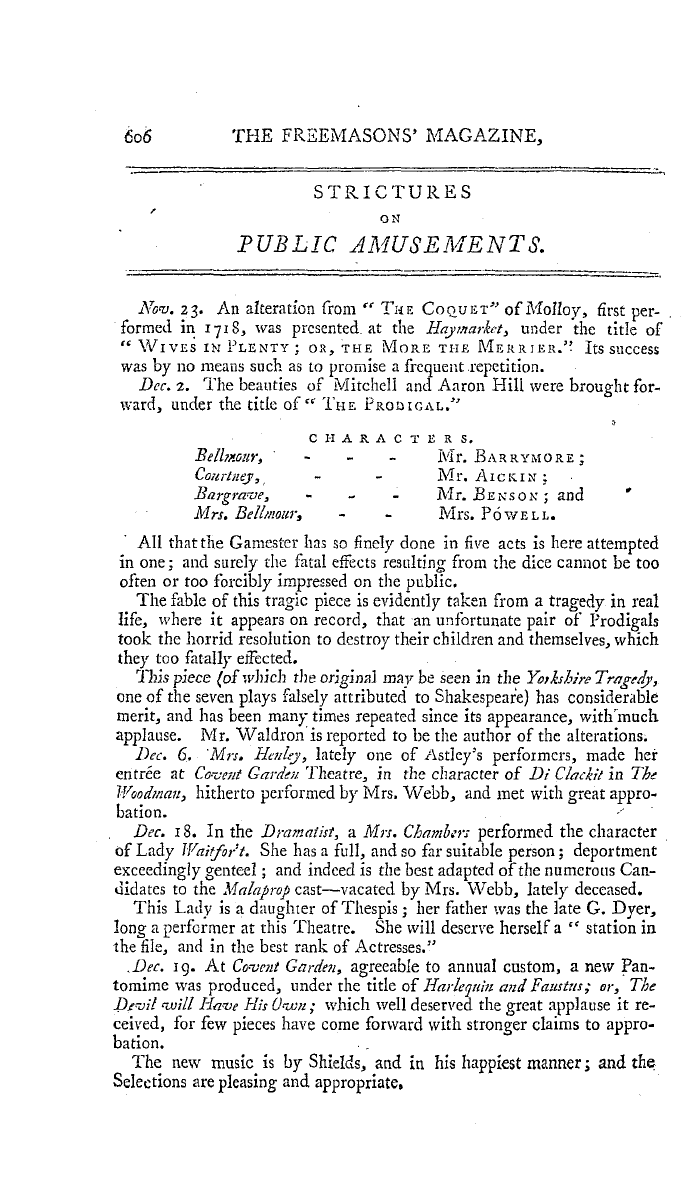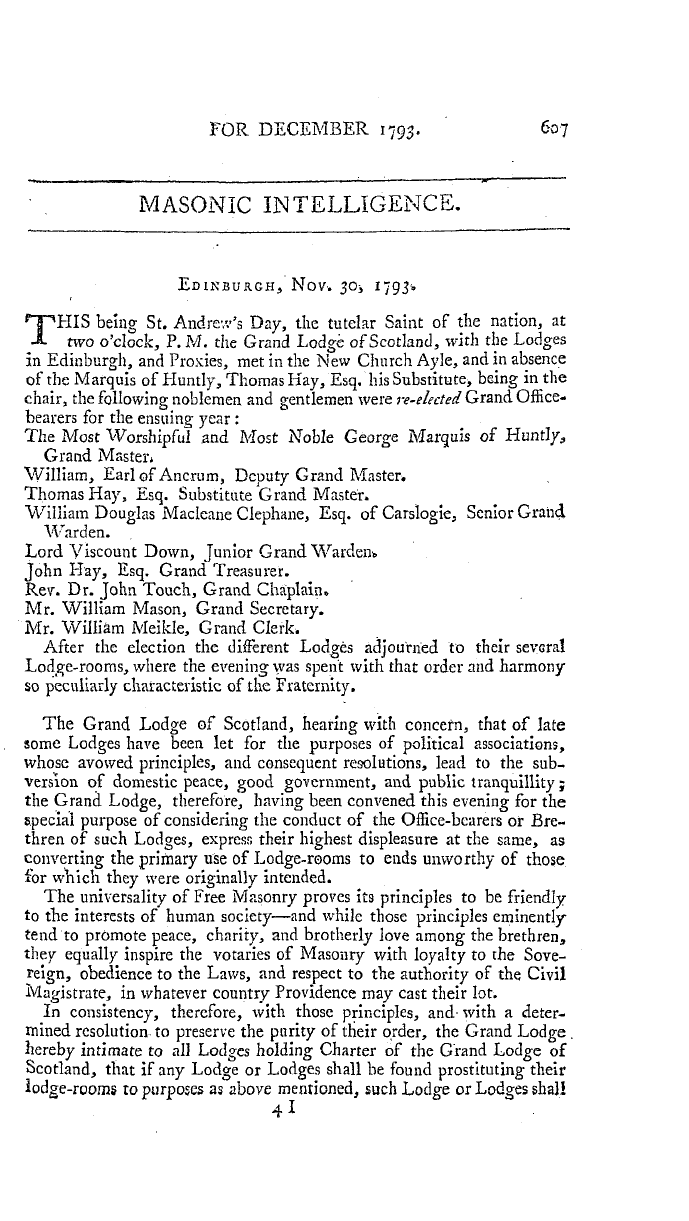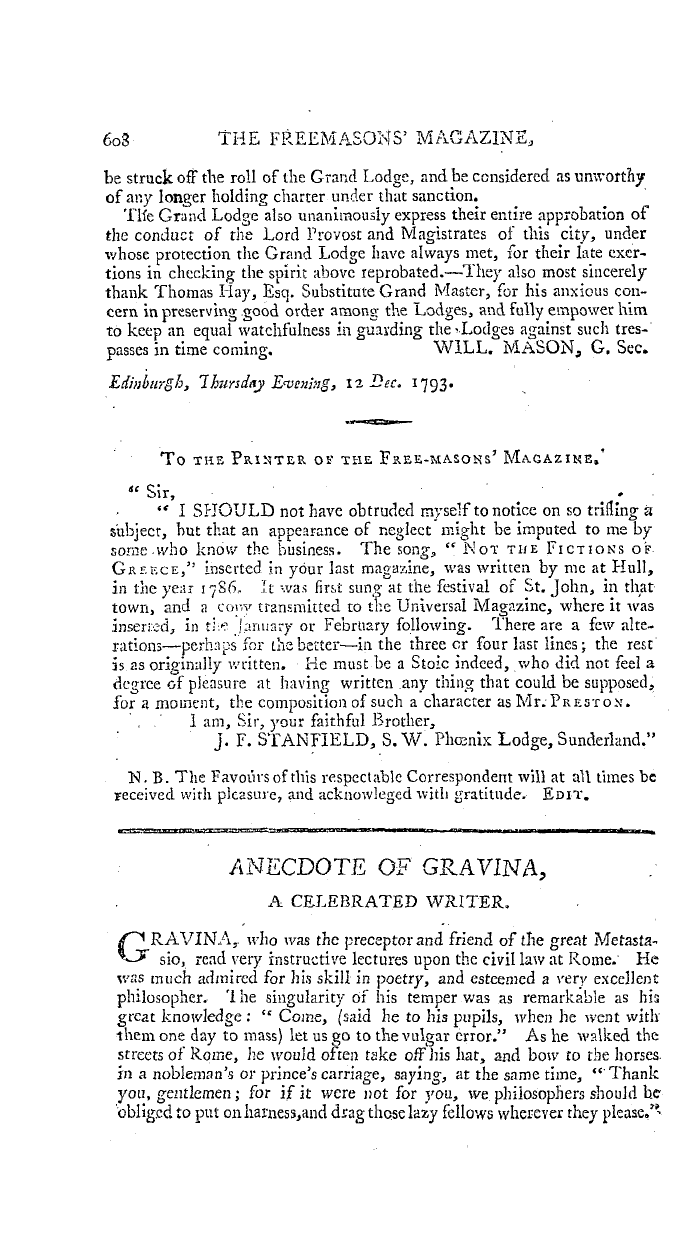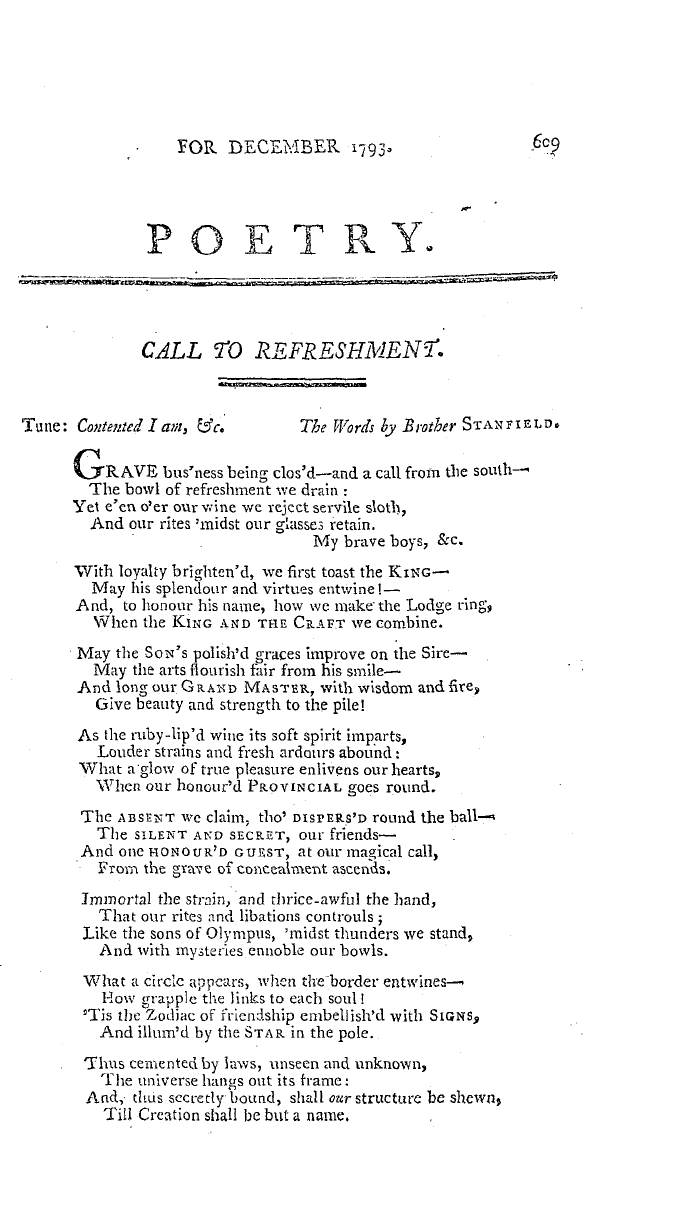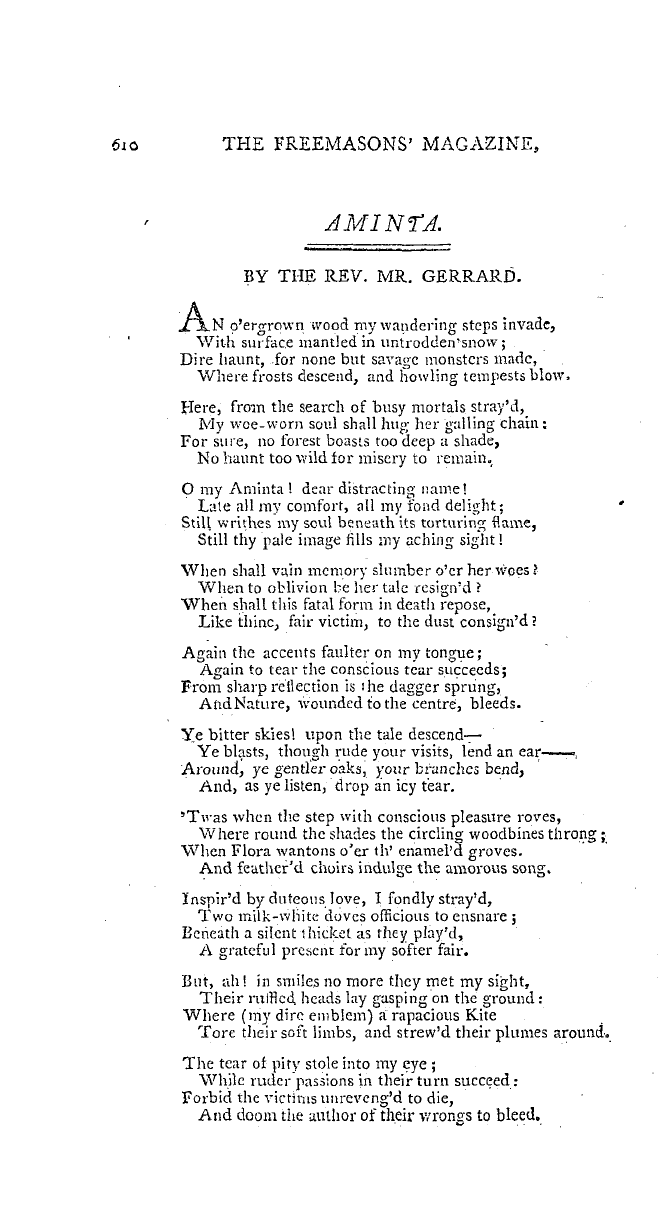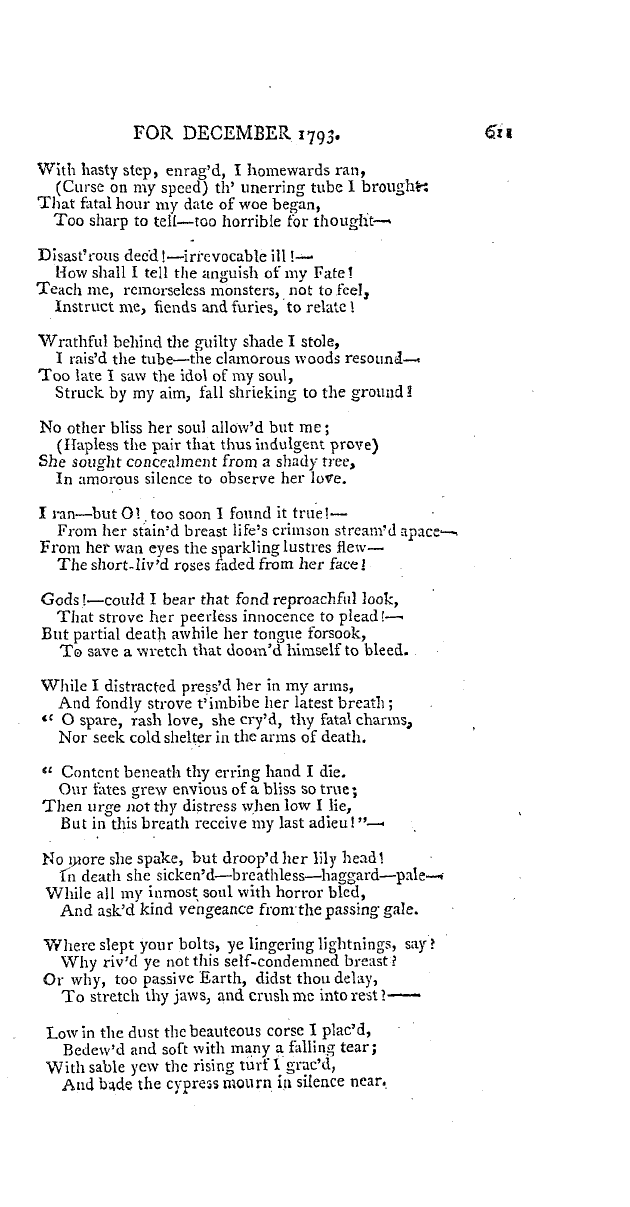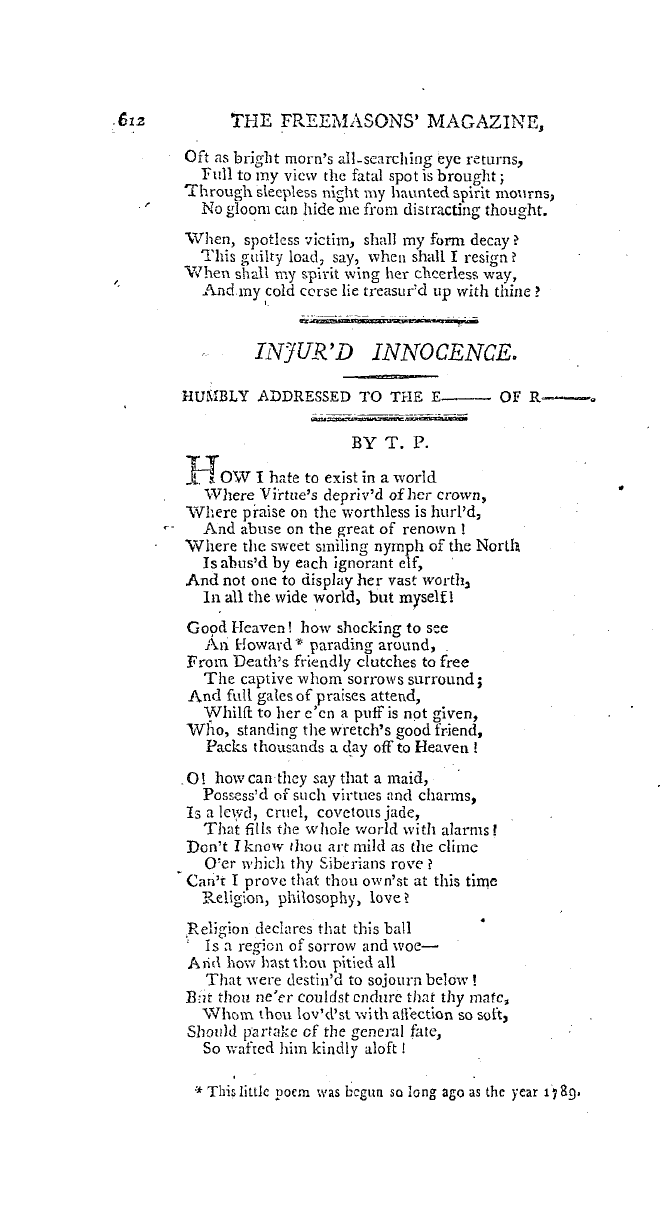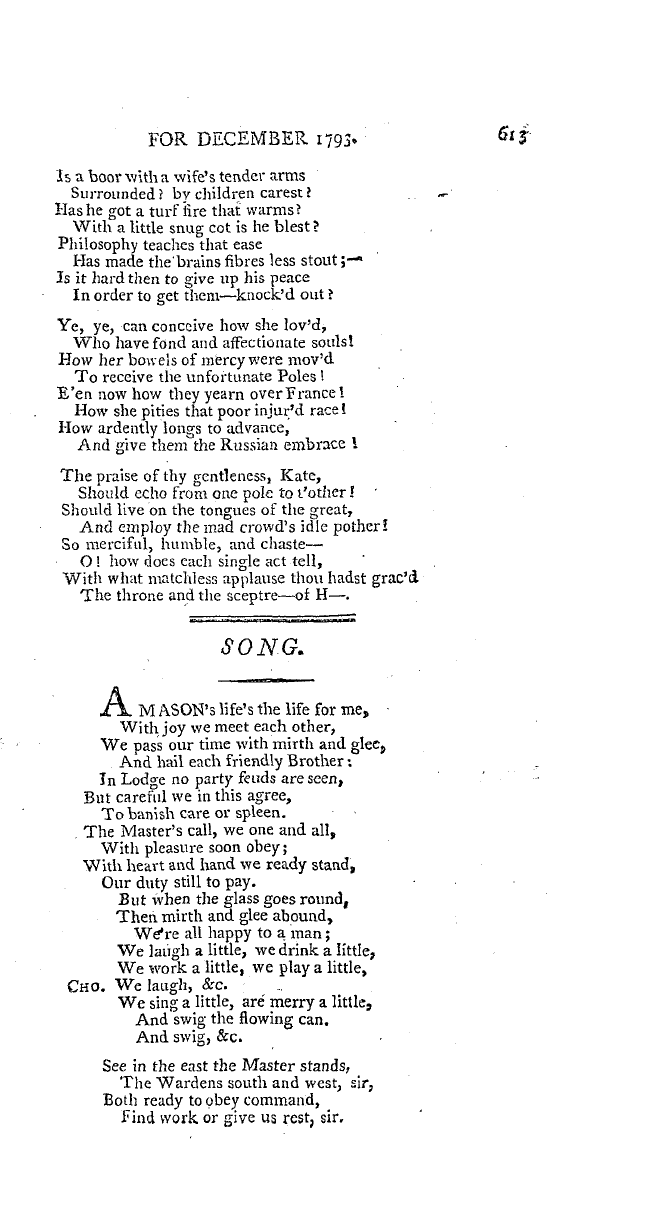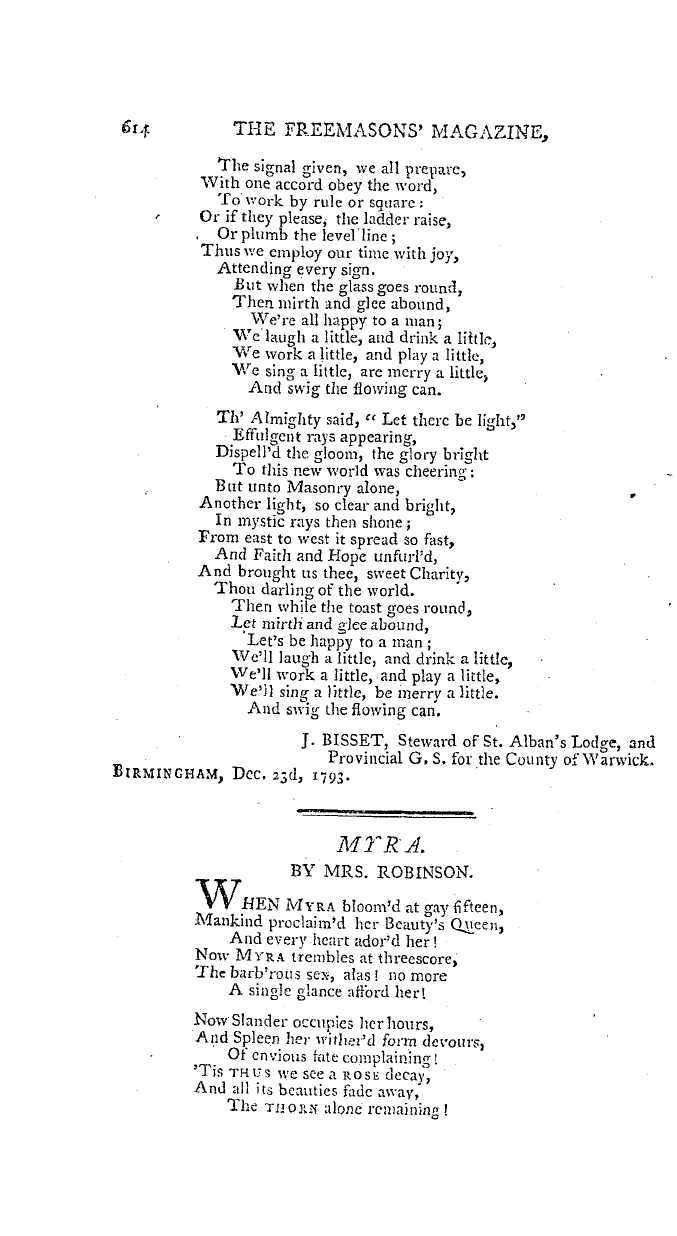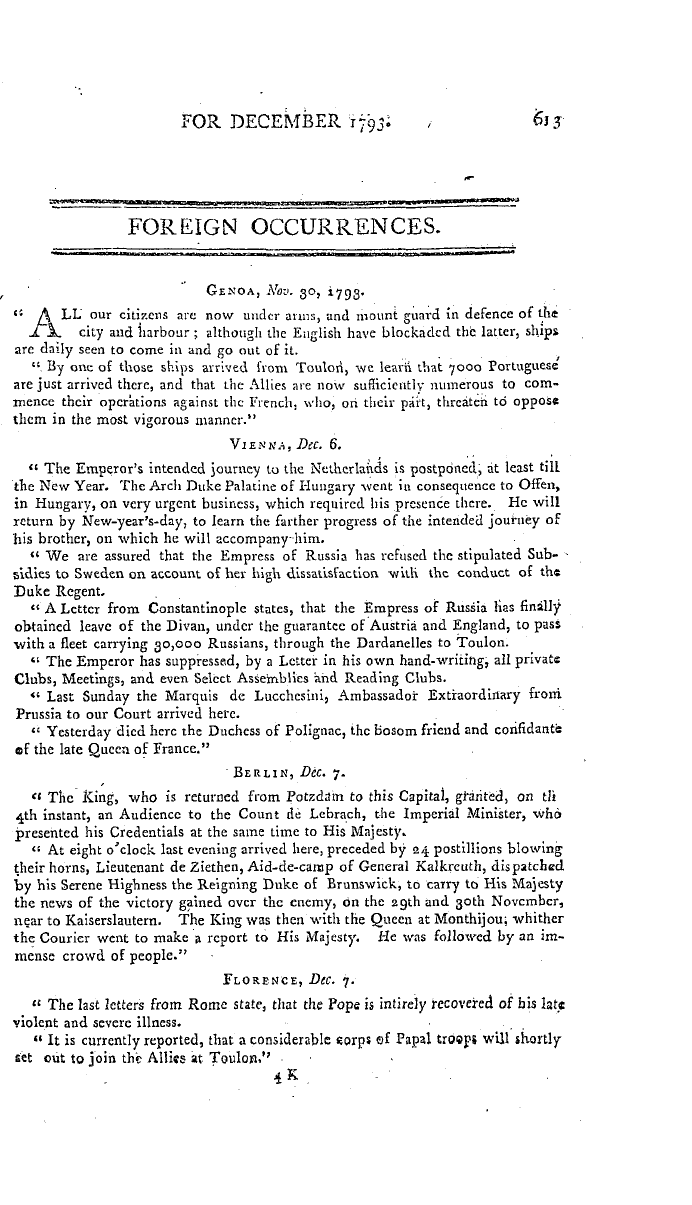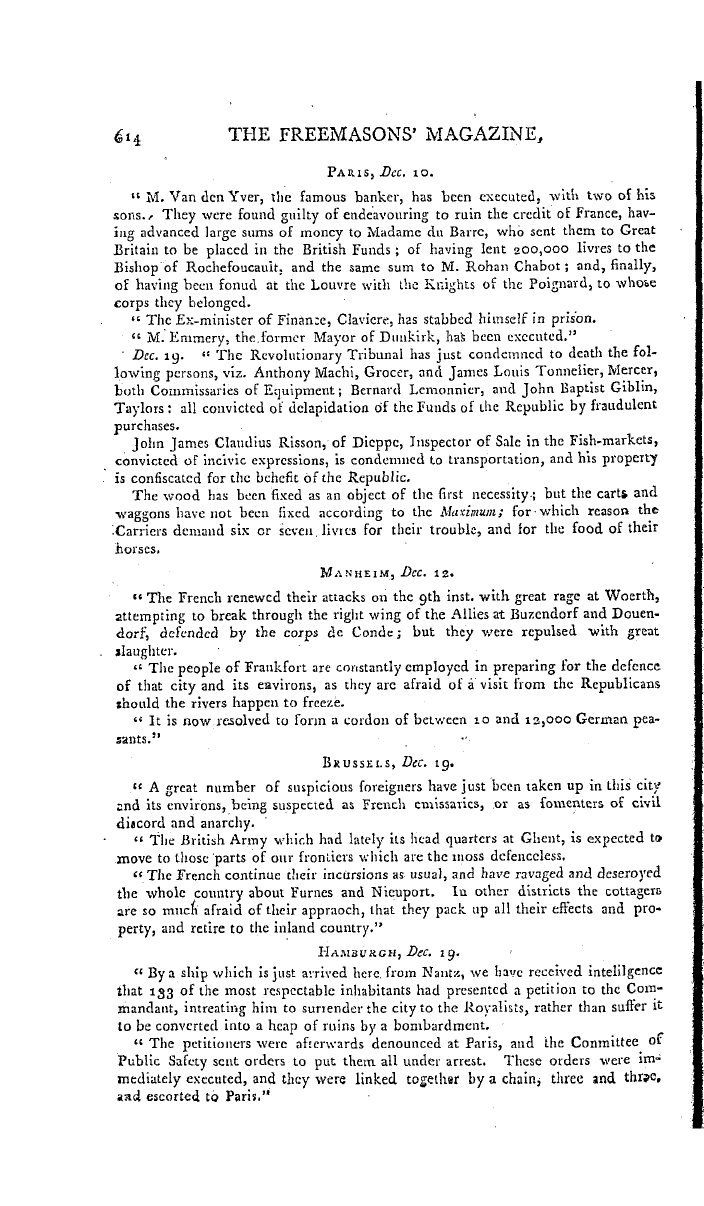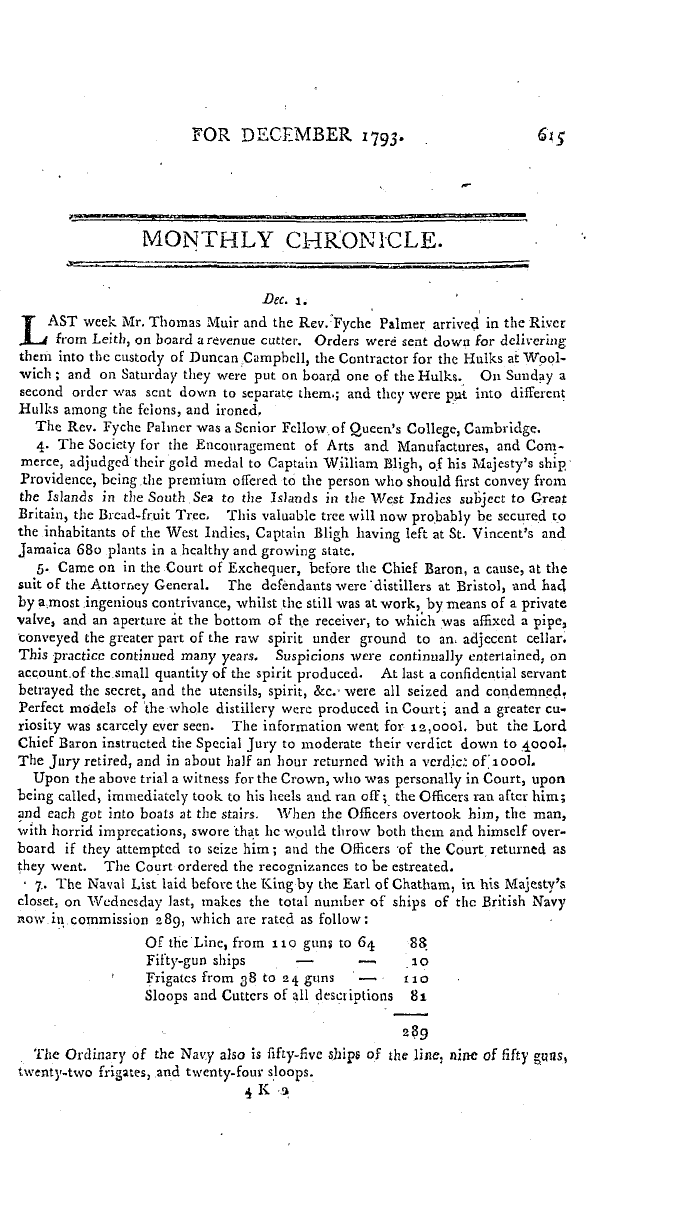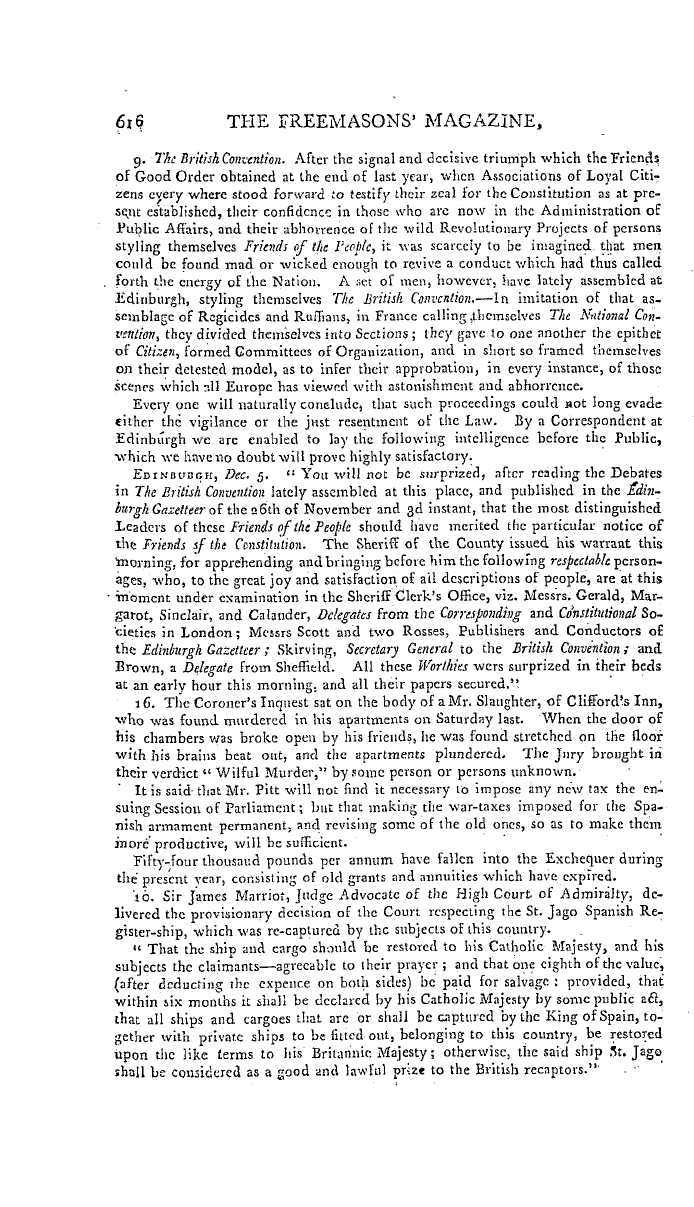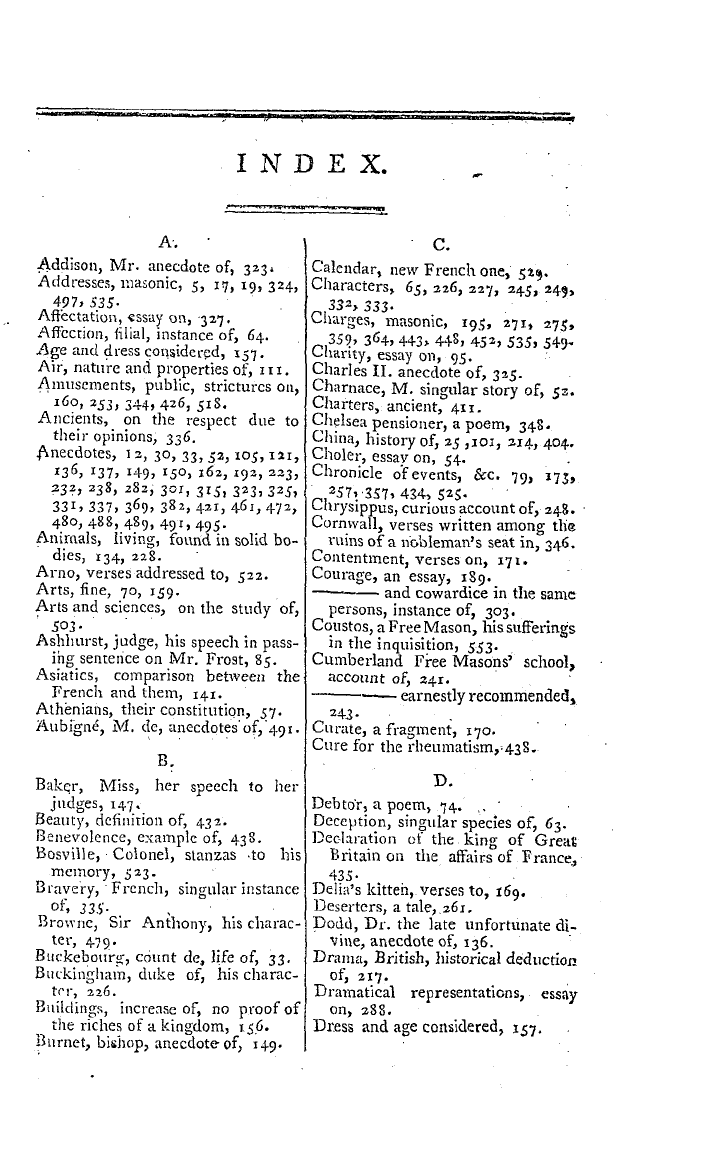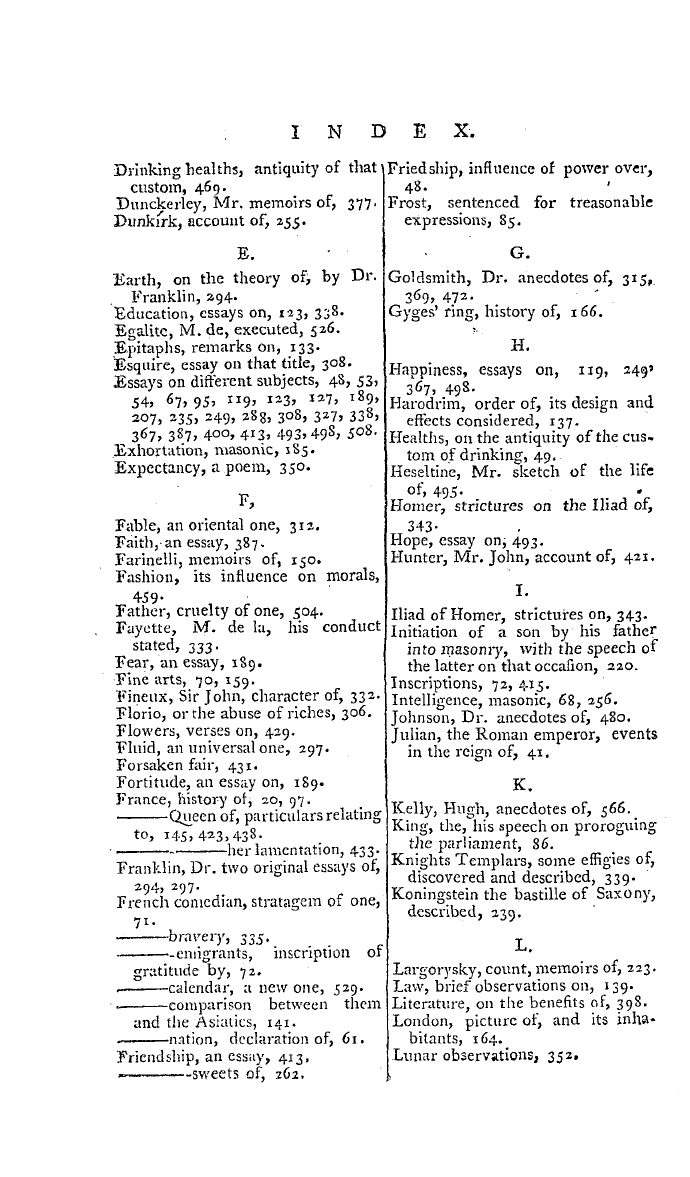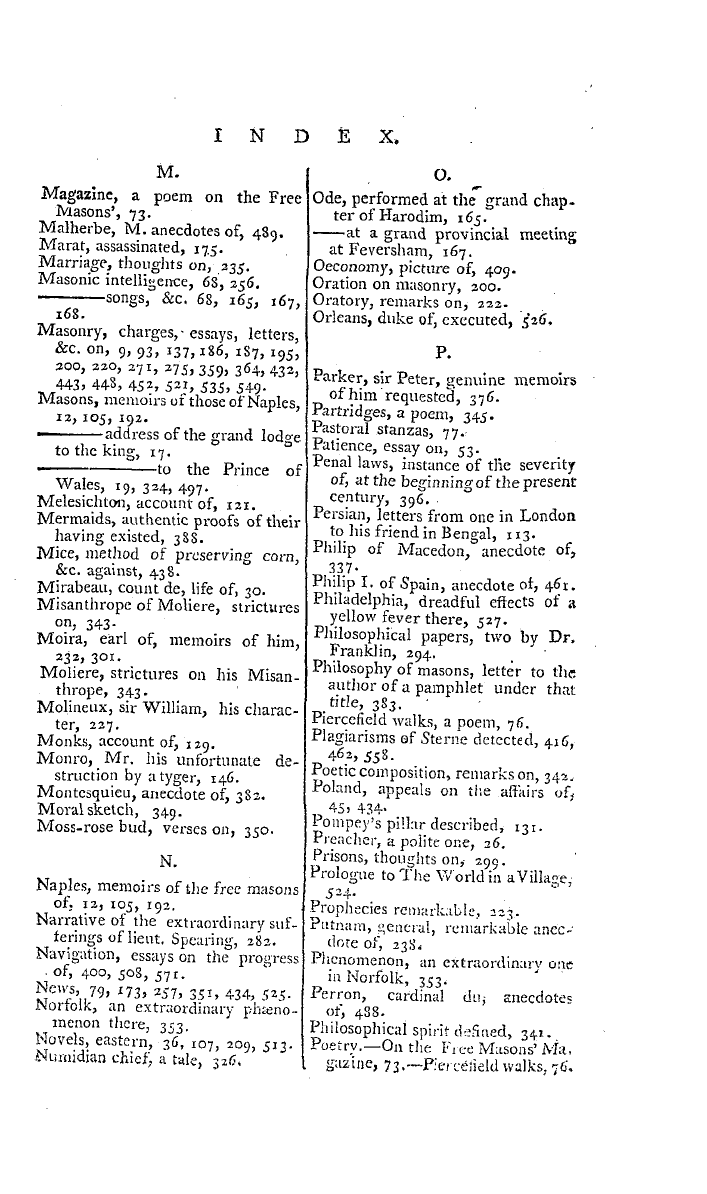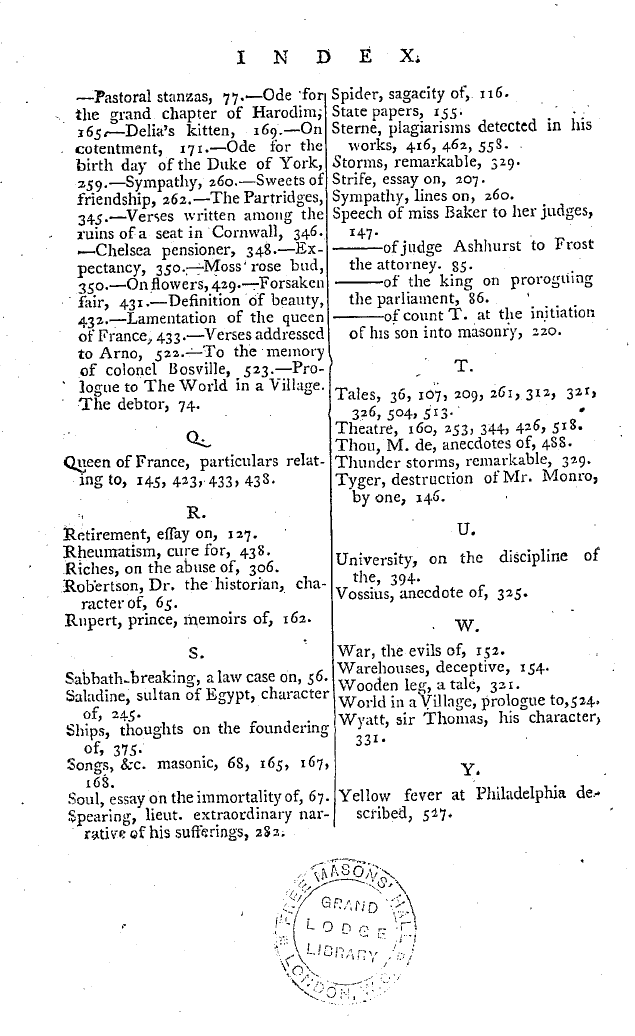-
Articles/Ads
Article A VIEW OF THE PROGRESS OF NAVIGATION. ← Page 4 of 5 →
Note: This text has been automatically extracted via Optical Character Recognition (OCR) software.
A View Of The Progress Of Navigation.
here . Our sea-charts , on which later times have so much valued theirU selves , are of such ancient date , that we cannot find their original ; yet Morisotus , p . 12 . says , that Eolus gave Ulysses a sea chart drawn on a ram's skin , that is , a parchment . Again , p . 14 . the same author out of Trogus observes , that Democedes the Cratonian , employed by Darius Hystaspes to view the coasts of Greece , sent him charts of them all , with the ports , roads , and strong-holds , exactly marked down . Then p . 21 ,
he shows out of Elianus and Aristophanes , that there were maps of the world in Socrates' time . This he says was about the Soth Olympiad , and then quotes Strabo , who from Eratosthenes affirms , Anaximandcr the Milesian was the first that made geographical tables , about the coth Olympiad . Sheathing of fhips is a thing in appearance so absolutely new , that scarce any will doubt to assert it altogether a modern invention yet how vain this notion iswill soon appear in two instances . — .
, Leo Baptista Albert ! in his book of architecture , lib . c . cap . 12 . has these words : " But Trajan ' s ship weig hed out of the lake of Ricoia at this time , while I was compiling this work , where it had lain sunk and neglected for above 1300 years ; I observed that the pine and cypress of at had lasted most remarkably . On the outside it was built with double lanksdaubed over with Greek itchcaulked with linen rags , and over
p , p , all a sheet of lead fastened on with little copper nails . " Raphael Volazerranus in his geography says , this ship was weighed by the order of Cardinal Prospero Colonna . Here we have caulking and sheathing together above 1600 years ago ; for I suppose no man can doubt that the
sheet of lead nailed over the outside with copper nails was sheathing , and that in great perfection , the copper nails being used rather than iron , which when once rusted in the water with the working of the ship , soon lose their hold and drop out . The other instance we find in Purchas ' s Pilgrims , vol . 1 . lib . 4 . in Captain Saris ' s voyage to the Court of Japan , p . 371 , where the Captain giving an account of his voyage , says , that betwixt Firando and Fuccateabout eiht ten this
rowing , g or leagues on side Xeminasque , he found a great town where there lay in a dock a junck of 800 or 1000 ton burden , sheathed all with iron . This was in the year 1613 , about which time the English came first acquainted with Japan ; and it is evident that nation had not learned the way of sheathing of themor the Portuguesewho were there before , but were themselves
, , Ignorant of the art of sheathing . Now to return to the magnetical needle , or sea-compass ; its discoverer , as has been said , appears to be Flavins , or John Gioia of Amalsi , and the time of its discovery about the year 1300 . The reason of its tending to , or pointing out the north , is what many natural philosophers have in vain laboured to findand all their studhas brought them onltobe sensible
; y y of the imperfection of human knowledge , which when plunged into the enquiry after the secrets of nature , finds no other way to come off but by calling them occult qualities , which is no other than owning our ignorance , and granting they are things altogether unknown to us . Yet _ these are not all the wonders ' of this magnetic virtue . The variation oi it is another as inscrutable a secret . This variation is when the needle
Note: This text has been automatically extracted via Optical Character Recognition (OCR) software.
A View Of The Progress Of Navigation.
here . Our sea-charts , on which later times have so much valued theirU selves , are of such ancient date , that we cannot find their original ; yet Morisotus , p . 12 . says , that Eolus gave Ulysses a sea chart drawn on a ram's skin , that is , a parchment . Again , p . 14 . the same author out of Trogus observes , that Democedes the Cratonian , employed by Darius Hystaspes to view the coasts of Greece , sent him charts of them all , with the ports , roads , and strong-holds , exactly marked down . Then p . 21 ,
he shows out of Elianus and Aristophanes , that there were maps of the world in Socrates' time . This he says was about the Soth Olympiad , and then quotes Strabo , who from Eratosthenes affirms , Anaximandcr the Milesian was the first that made geographical tables , about the coth Olympiad . Sheathing of fhips is a thing in appearance so absolutely new , that scarce any will doubt to assert it altogether a modern invention yet how vain this notion iswill soon appear in two instances . — .
, Leo Baptista Albert ! in his book of architecture , lib . c . cap . 12 . has these words : " But Trajan ' s ship weig hed out of the lake of Ricoia at this time , while I was compiling this work , where it had lain sunk and neglected for above 1300 years ; I observed that the pine and cypress of at had lasted most remarkably . On the outside it was built with double lanksdaubed over with Greek itchcaulked with linen rags , and over
p , p , all a sheet of lead fastened on with little copper nails . " Raphael Volazerranus in his geography says , this ship was weighed by the order of Cardinal Prospero Colonna . Here we have caulking and sheathing together above 1600 years ago ; for I suppose no man can doubt that the
sheet of lead nailed over the outside with copper nails was sheathing , and that in great perfection , the copper nails being used rather than iron , which when once rusted in the water with the working of the ship , soon lose their hold and drop out . The other instance we find in Purchas ' s Pilgrims , vol . 1 . lib . 4 . in Captain Saris ' s voyage to the Court of Japan , p . 371 , where the Captain giving an account of his voyage , says , that betwixt Firando and Fuccateabout eiht ten this
rowing , g or leagues on side Xeminasque , he found a great town where there lay in a dock a junck of 800 or 1000 ton burden , sheathed all with iron . This was in the year 1613 , about which time the English came first acquainted with Japan ; and it is evident that nation had not learned the way of sheathing of themor the Portuguesewho were there before , but were themselves
, , Ignorant of the art of sheathing . Now to return to the magnetical needle , or sea-compass ; its discoverer , as has been said , appears to be Flavins , or John Gioia of Amalsi , and the time of its discovery about the year 1300 . The reason of its tending to , or pointing out the north , is what many natural philosophers have in vain laboured to findand all their studhas brought them onltobe sensible
; y y of the imperfection of human knowledge , which when plunged into the enquiry after the secrets of nature , finds no other way to come off but by calling them occult qualities , which is no other than owning our ignorance , and granting they are things altogether unknown to us . Yet _ these are not all the wonders ' of this magnetic virtue . The variation oi it is another as inscrutable a secret . This variation is when the needle































































